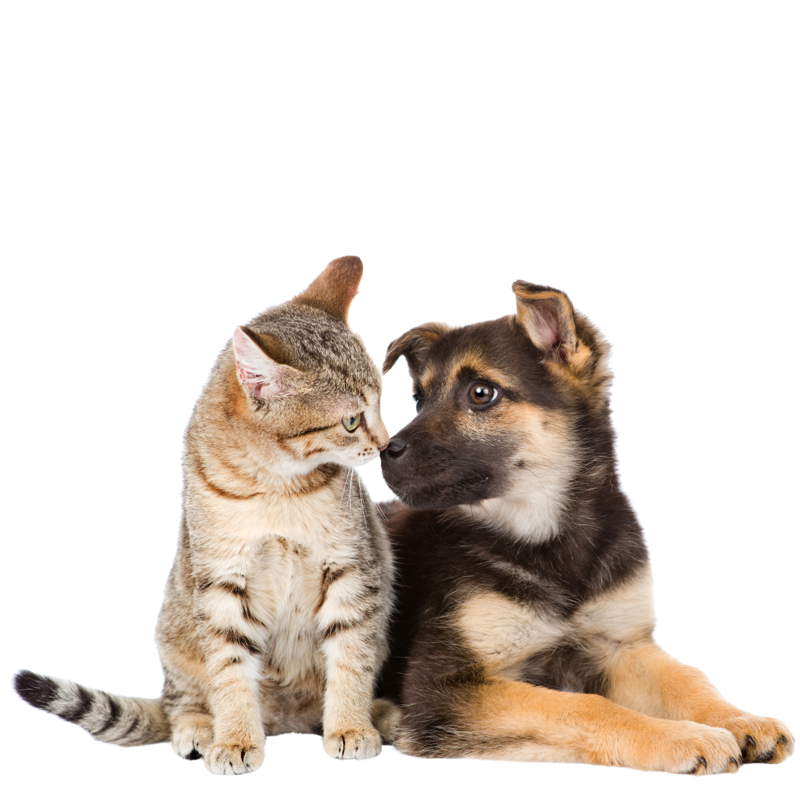Dental care begins at home as kittens – brushing teeth daily, recognizing what is bad breath and gingivitis. You know the saying, prevention is the best medicine!
What is involved in a dental cleaning procedure?
This is a full gas anesthesia procedure. The whole mouth is examined, and diseased teeth and gums are identified. Compromised teeth can be extracted during a procedure, as recommended by the veterinarian.
What are signs of dental problems in cats?
Stinky or fishy breath, red/purple/bleeding gums, stained teeth, change in eating/chewing habits (dropping food, tilting head to eat, dropping kibble on the floor to eat), weight loss. Keep in mind that cats are not good at showing pain, so if they don’t appear to be in pain, they likely still are experiencing pain.
Are some feline breeds more susceptible than others?
As a pattern, Brachiocephalic (smushy-faced) breeds like Himalayans/ Persians and British Shorthairs tend to accumulate tartar differently due to the different mouth conformation. Siamese cats tend to have more gum recession/loss as they get older. All cats can have significant dental disease, even at a young age.
What is feline tooth resorption?
Though the exact cause(s) are unknown, the body attacks the root of the tooth, causing loss of attachment to the tooth. On dental x-ray, the tooth root appears “moth-eaten.” This disease process is thought to be very painful and is very common. We see it more in senior cats, but cats of all ages can develop this disease.




